After Covid-19 thwarted our plans for a family holiday last year, we finally got away this year to Scotland and completed an ambition to climb Ben Nevis. My first experience of summiting a mountain was 25 years ago when I climbed Mount Snowdon. Ever since then I have wanted to climb the remaining 2 big peaks in the UK; Ben Nevis and Scafell Pike.
On the day of our mini adventure we had an earlyish start as we left at 8am to head to Fort William for our hike up Ben Nevis. We were very apprehensive as we didn’t know what to expect; we anticipated it being a hard trek and were concerned at getting lost on the path or being caught out in bad weather. Moreover living in Wiltshire we were not used to big climbs. Our 90 minute journey to Fort William was very scenic and upon arrival we realised from the car’s satellite navigation system that we were pretty much at sea level, which meant we were in for a huge climb.
We parked at the visitor centre and although it was only 9:30am it was full of cars and hikers. We got kitted up and shortly after 10am we started our hike. We crossed the foot bridge from the visitor centre and made our way onto the ‘tourist path’.
The foothills were relatively easy to walk. The path was mostly grit with stone steps taking us up the mountain. To our surprise we found ourselves in a long convoy of hikers making their way up the mountain; we had expected to be the only ones!
The path slowly climbed through the green lush vegetation and the stone steps became more frequent as the gradient increased.
Soon we were clambering over rocks and the path became more stony. It was very warm and humid and we found ourselves sweating as we were working hard to maintain a good pace. We turned a large hairpin bend and the path lead us towards a lock. The path slowly snaked a long sweeping bend just before the loch and we could see the convoy of hikers way in the distance high up on the mountain.
At this point we were only half way, little did we know how much higher the mountain would climb. We crossed a waterfall and thought we were nearing the summit. However we were wrong and found ourselves on a series of zig-zags which were very hard going and we couldn’t see the top of the mountain.
The path become very stony and all around us was nothing but scree and rock. This section of the path felt relentless. We had already been climbing for 2 hours but still had a long way to go. I decided to break down the remainder of the climb into smaller stages and rewarded myself with 2 mini lunch stops. In the end we focused on completing the climb in half mile stages with a 5-minute breaks.
It was enjoyable climbing with others as we felt a sense of community. We all seemed to progress at a similar pace, passing familiar faces as we stopped for a rest and then pressed on again. It was interesting to see the wide range of ages and abilities climbing the mountain – there were even a few young children and dogs!
After the zig-zag section we crossed a short snowy uphill section (yes, there was still snow on the mountain in July!) and the path continued straight for the last section to the summit (although we still couldn’t see the summit at this point). It was a huge relief to finally reach the top after 4 hours of climbing.
After a few quick photos we collapsed onto some rocks to eat the remainder of our lunch before beginning our downhill journey back to the car. It wasn’t as cold as we were expecting at the summit, although initially we did layer up to stop ourselves becoming chilled.
As we started our descent we were struck by the pained expressions on the faces of everyone who was still climbing up towards the top – they had a look of sheer desperation to reach the summit, which was just how we had felt. We realised that we must have looked the same as them as we were coming up.
Initially on the descent we felt relieved and joyous that we had reached the summit and were now on our way back down. However, the descent seemed never ending and the constant pounding on our legs as we walked downhill soon took it’s toll on our legs.
It took us 3 hours to descend and as we passed through different sections of the path it dawned on us just how far we had climbed. Eventually we arrived at our car seven and a half hours after we had set off. Our mini-adventure was over and we had conquered Ben Nevis and had achieved a long-held ambition.
I had found the hike much more strenuous than I was expecting, however seeing so many others achieve it too made me realise that it really is achievable with the right mindset and just shows that your body is more capable than you think it is. It has certainly inspired me to try more challenges and given me a renewed enthusiasm for my training regime.


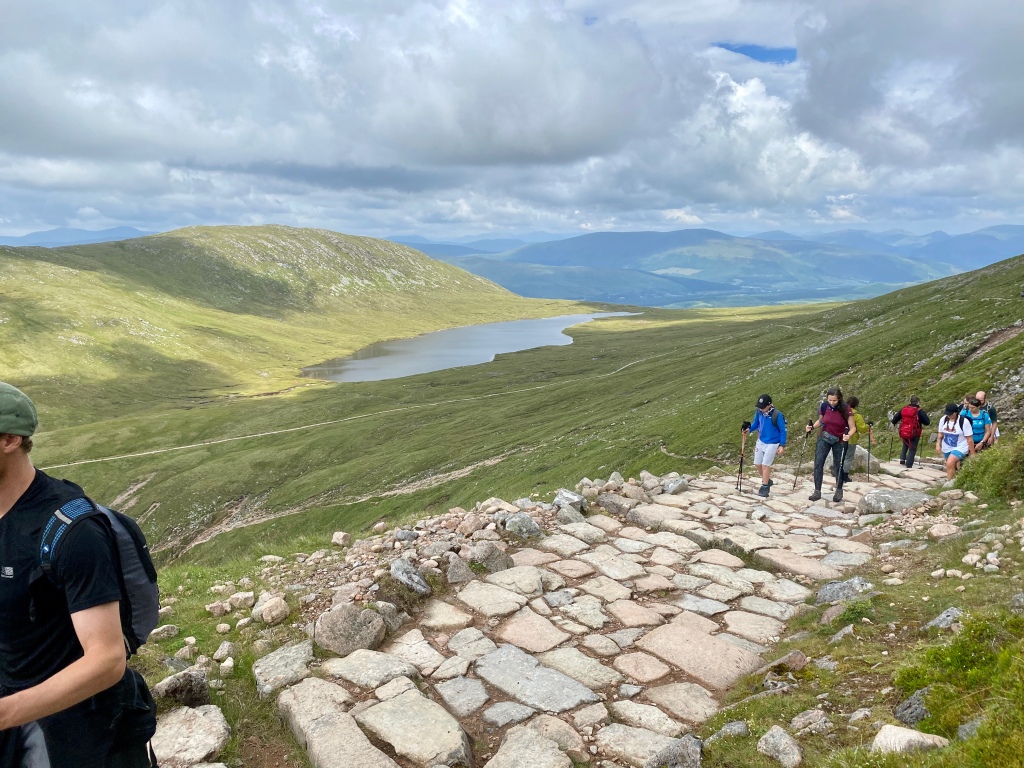


 Often when running alone it is nice to just let your thoughts wander, however have you ever considered Mindful Running? This is where you focus your mind on the present moment, and bring an awareness to your body, breathing, sensations, thoughts, moods and your surrounding environment.
Often when running alone it is nice to just let your thoughts wander, however have you ever considered Mindful Running? This is where you focus your mind on the present moment, and bring an awareness to your body, breathing, sensations, thoughts, moods and your surrounding environment. In the run up to Christmas it can be a struggle to stick to your fitness plans, and with the recent very cold weather it can be easy just to opt to stay indoors. However the frosty weather with beautiful blue sunny skies make it a perfect time to get out for a walk in the countryside or around your local park. Going for a winter walk will help you to achieve the recommended 10000 steps per day and exposure to the sun will help give your body a much needed vitamin D boost. So wrap up warm and get out TODAY for that brisk walk – you will be glad that you did!
In the run up to Christmas it can be a struggle to stick to your fitness plans, and with the recent very cold weather it can be easy just to opt to stay indoors. However the frosty weather with beautiful blue sunny skies make it a perfect time to get out for a walk in the countryside or around your local park. Going for a winter walk will help you to achieve the recommended 10000 steps per day and exposure to the sun will help give your body a much needed vitamin D boost. So wrap up warm and get out TODAY for that brisk walk – you will be glad that you did!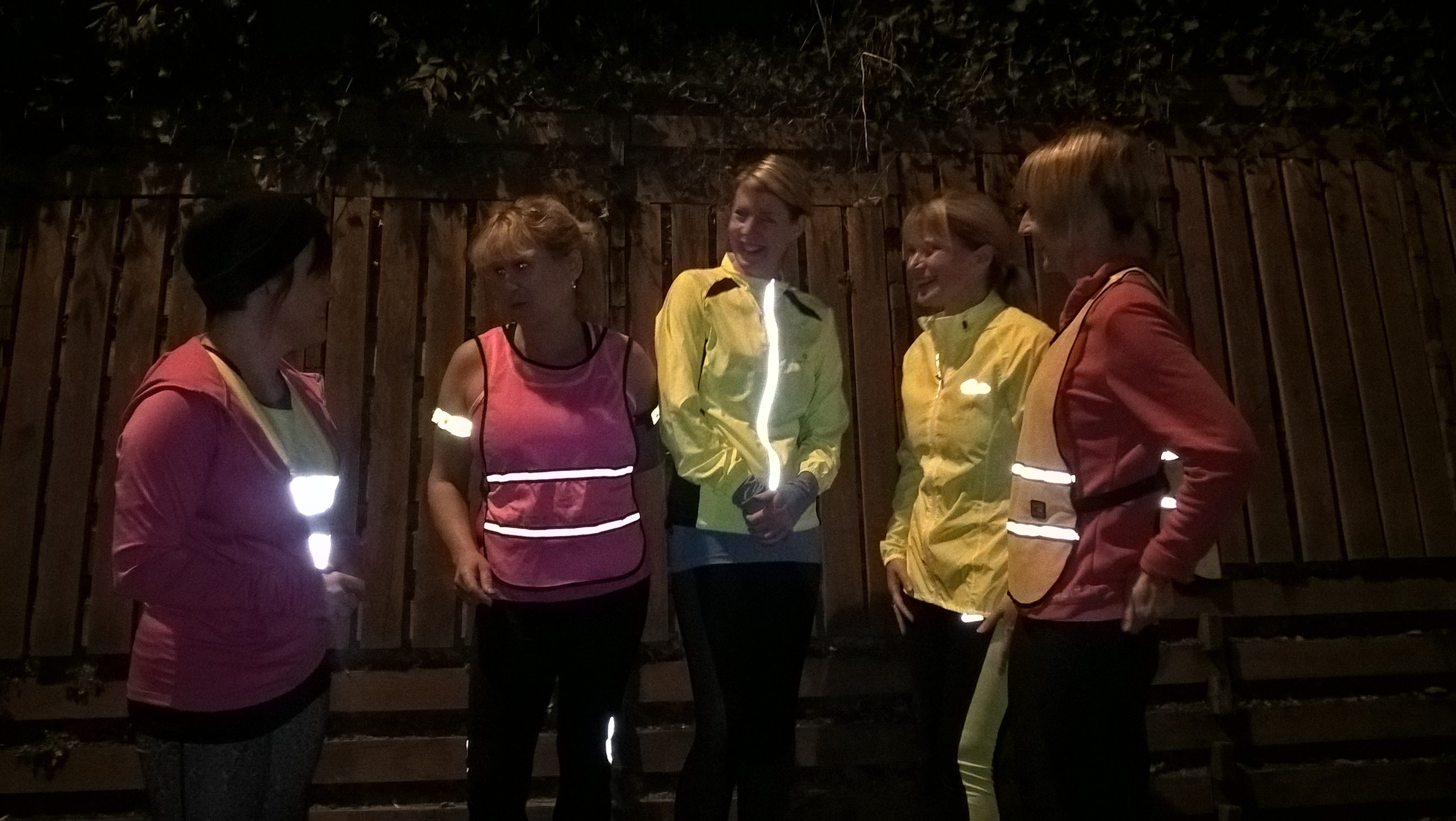 celebrate World Mental Health Day on 10th October, England Athletics encouraged many groups like ours to hold a #runandtalk session in order to improve mental well-being through running and to break down the stigma associated with mental health by getting people talking about it.
celebrate World Mental Health Day on 10th October, England Athletics encouraged many groups like ours to hold a #runandtalk session in order to improve mental well-being through running and to break down the stigma associated with mental health by getting people talking about it.
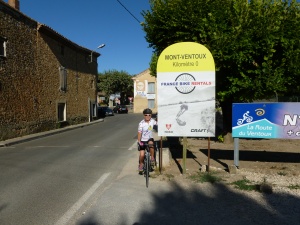
 Throughout the steep wooded section I continued to stop every mile or so to allow myself a chance to recover whilst I topped myself up with fluids and jelly babies. I found with each 5 minute stop I felt a lot better and could resume my cycling feeling a bit recovered. Despite the gradient the wooded section was not as bad as I had feared. I found some parts easier than others and I tried to keep a rhythm going and just focused on completing one mile at a time. I was really pleased to reach the 6 mile mark feeling in good shape as I was a good way into the ride and was making solid progress. I had even started to enjoy it! All around me there were other cyclists on their own personal quest to conquer Ventoux, plus there were lots of cars following cyclists all providing support – it felt like our very own stage of the Tour de France!
Throughout the steep wooded section I continued to stop every mile or so to allow myself a chance to recover whilst I topped myself up with fluids and jelly babies. I found with each 5 minute stop I felt a lot better and could resume my cycling feeling a bit recovered. Despite the gradient the wooded section was not as bad as I had feared. I found some parts easier than others and I tried to keep a rhythm going and just focused on completing one mile at a time. I was really pleased to reach the 6 mile mark feeling in good shape as I was a good way into the ride and was making solid progress. I had even started to enjoy it! All around me there were other cyclists on their own personal quest to conquer Ventoux, plus there were lots of cars following cyclists all providing support – it felt like our very own stage of the Tour de France! The last 3 km seemed to go on forever. I found myself taking more frequent stops and all around me other cyclists were struggling too. With 3/4 of a kilometre to go I saw my family by the roadside and stopped again – I didn’t think the final kilometre would ever finish and to make matters worse the gradient was now 11%. I could see the 500m marker in the distance so I just focused on that. Next I set my sights on the next corner where the car park and sign for the restaurant came into view – I was so nearly there. I kept myself going and turned the last corner to the finish line (which was cruelly the steepest corner of all) and then I reached the finish line. I couldn’t believe I had made it and didn’t have to do anymore climbing. I had ridden uphill for 21.5 km to an altitude of 1912 m.
The last 3 km seemed to go on forever. I found myself taking more frequent stops and all around me other cyclists were struggling too. With 3/4 of a kilometre to go I saw my family by the roadside and stopped again – I didn’t think the final kilometre would ever finish and to make matters worse the gradient was now 11%. I could see the 500m marker in the distance so I just focused on that. Next I set my sights on the next corner where the car park and sign for the restaurant came into view – I was so nearly there. I kept myself going and turned the last corner to the finish line (which was cruelly the steepest corner of all) and then I reached the finish line. I couldn’t believe I had made it and didn’t have to do anymore climbing. I had ridden uphill for 21.5 km to an altitude of 1912 m. 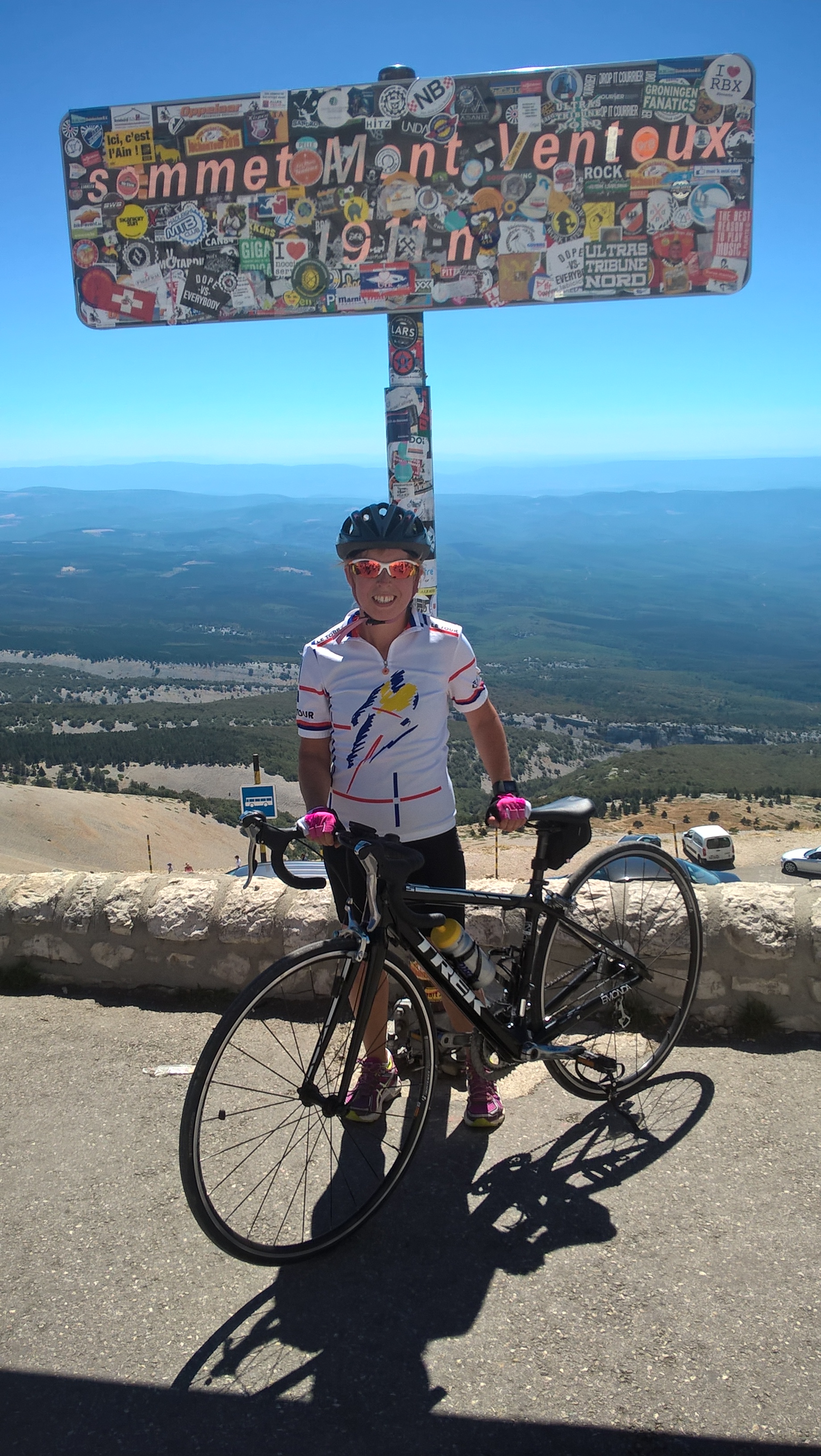 I took at selfie and then waited to be reunited with my family. I then posed for more photos by the summit sign and sat down in the shade to ate my packed lunch.
I took at selfie and then waited to be reunited with my family. I then posed for more photos by the summit sign and sat down in the shade to ate my packed lunch. ums or high intensity cardio. And to get you in the summer mood the exercises will be performed to fab summer party music – just want you need to get your body ready for the beach! So what are you waiting for?….Come along, workout and have some summer fun….
ums or high intensity cardio. And to get you in the summer mood the exercises will be performed to fab summer party music – just want you need to get your body ready for the beach! So what are you waiting for?….Come along, workout and have some summer fun….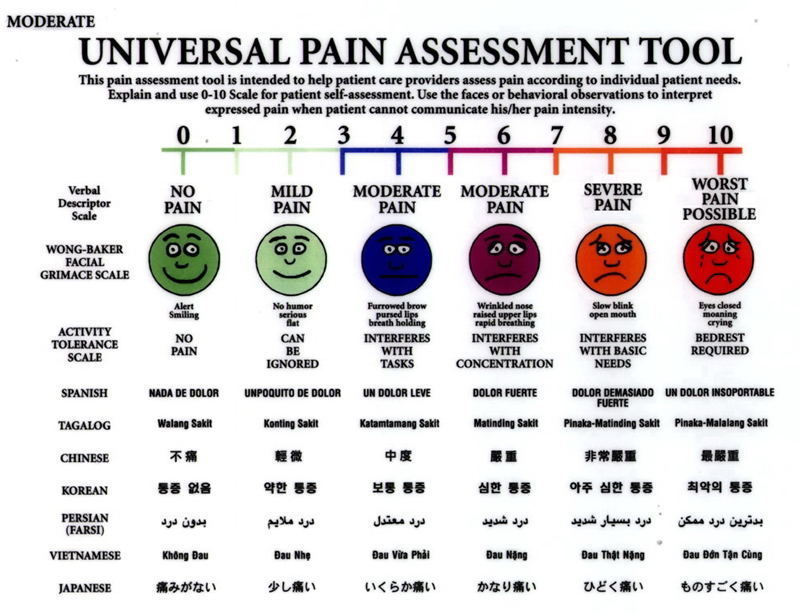 l give you an idea how your recovery is progressing and when you resume training will help you assess whether your injury is coming back. If an acute injury does not improve within 3 days (or a chronic injury with 2 weeks) after following the above advice then please seek medical or expert help.
l give you an idea how your recovery is progressing and when you resume training will help you assess whether your injury is coming back. If an acute injury does not improve within 3 days (or a chronic injury with 2 weeks) after following the above advice then please seek medical or expert help.